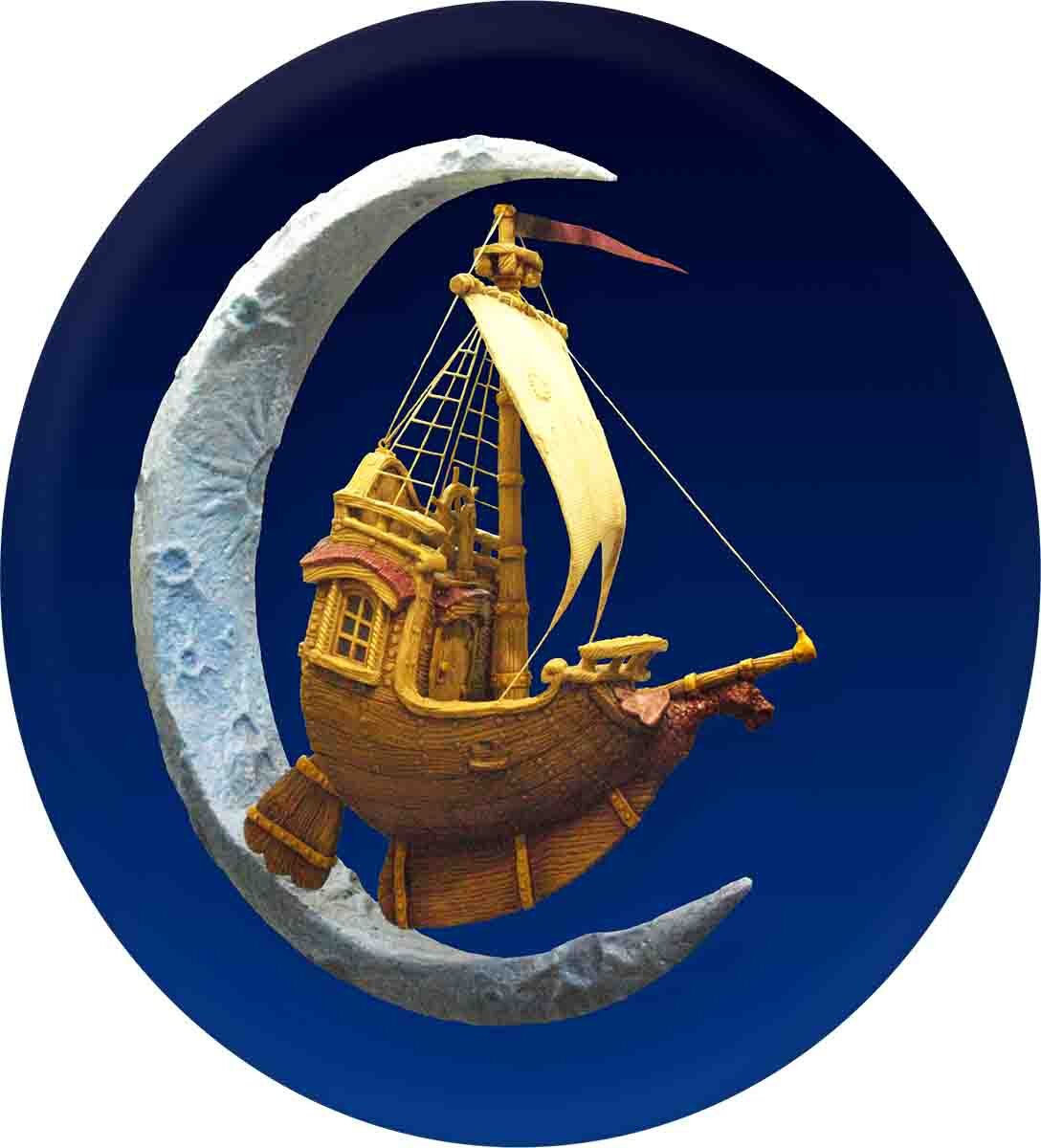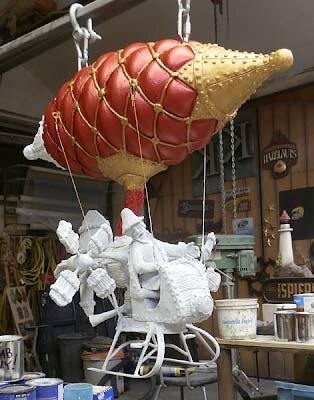About a decade ago, Tom McIltrot, the editor of SignCraft, asked my father to make a small address sign for his parent’s home.
So, he whipped up a quick sketch in his ever-present sketchbook. As you can see, it was quite rough, but it captured enough information to get him started.
He imported that rough scribble into Photoshop along with one of our texture bitmaps, which he then warped to the appropriate shape. Once this was done, he drew a vector outline of the signboard.
Moving to Illustrator, he added in the vectors for the lettering and modified the name to match the curving sign bottom.
Normally dad wouldn't bother rendering a project this small, but this time he opted to fleshed out his sketch and sent it off for approval — happily, he got a reply in seconds. The senior Mrs. McIltrot checked it out and instantly approved it — if only dream more of our clients were that responsive!
With the stamp of approval in hand, dad created a relief in EnRoute using the dome relief tool. The dome shape was a slight 13 degrees. Then he plopped on the wood grain bitmap file and formed the gnarly grain. Since this was meant to be a piece of driftwood, he made it a substantial 0.4" deep.
Then he used the virtual sculpting tool to deepen the creases in specific areas as indicated by the red arrows. It didn't take long but the effect was quite dramatic.
The end view below shows how the virtual sculpting tool made these areas deeper, enhancing the wood grain.
Next he outlined the letters and formed flat reliefs. After this, dad drew an irregular curved shape and use this vector with the dome relief tool to modify the text reliefs to match the shape of the wood background.
In about twenty minutes the sign had gone from approved sketch to the finished routing file. (It took longer to warm up the CNC router!)
Once the router was warmed up, he started the file. And just like that, the sign started to come to life as the router automatically carved the Precision Board High Density Urethane.




























